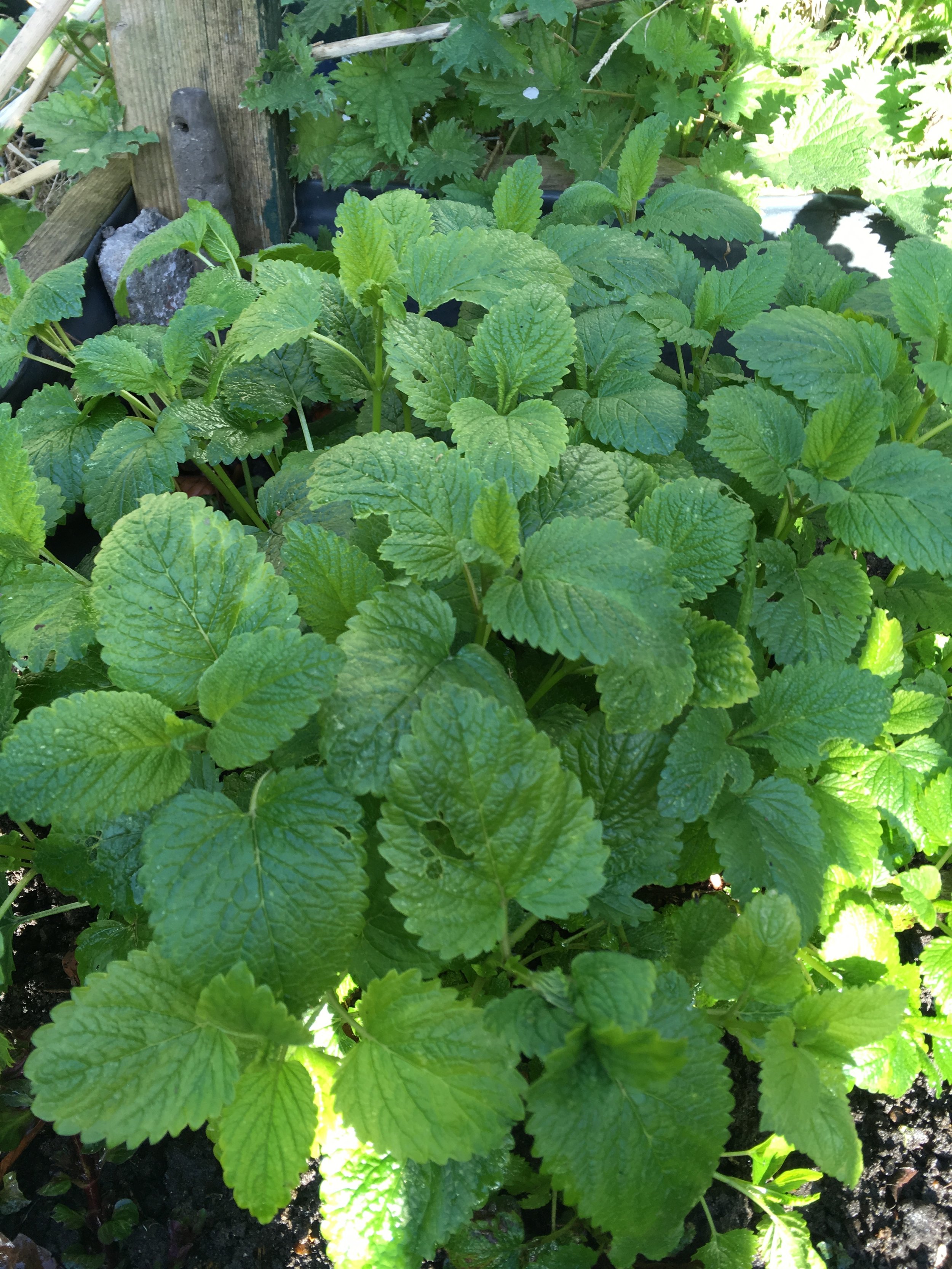At this time of year it can be tricky to find our usual herbal pick-me-ups which are so plentiful in summer. We still want to gain the benefits our fresh herbs bring with them, but when there are fewer of them available in the garden, and we haven't had the chance to make balms or tinctures ahead of time, where do we turn? Essential oils can be a great alternative to using fresh herbs. These wondrous little bottles trap all the goodness of the plants and flowers which we pick in season and are super versatile.
Whilst we might not want to ingest essential oils (many aren't safe for consumption) or apply neat to our skin, they can be used in several ways to give you a mid-winter boost, soothe your sniffles or to anoint yourself with the scented hues of summer!
We've chosen our top five ways to use essential oils over the winter and given you some ideas on which oils to choose. We hope you enjoy experimenting!
1. Banish your bunged-up nose with a DIY steam inhaler
Put a few drops of Eucalyptus and/or Peppermint oil into a pyrex bowl of recently boiled water. Put a towel over your head so it covers the bowl too, and breathe. Ten mintues of this (with regular breaks!) should decongest event the snottiest, sneeziest nose.
2. Freshen up your home over the winter months
Make your own air freshener or room spray with anti-fungal, anti-bacterial oils. Use in a diffuser or in a spray bottle with water. Try a fresh, cleansing blend of Sage, Lavender and Thyme to get rid of germs and add freshness to your home.
3. Get rid of moths from your winter woolies
They can be a massive problem in your wardrobe, especially if you prefer to wear natural textiles, as these are a moth's favourite munchie. Try putting a few drops of cedar essential oil onto some cotton wool, and placing in a breathable bag or tying inside a scrap of cloth such as muslin. Moths are deterred because the strong scent of cedar masks the smell of wool, and therefore they won't lay their eggs there. No more holey jumpers!
4.Treat chapped winter skin
...With a rich winter cream. Myrrh and Frankincense are known for their skin-healing properties (caution- always dilute as some oils can be toxic or irritant to skin if applied neat). When used topically in a cream or carrier oil, they can reduce the appearance of scars, boost cell regeneration and can be used to treat dry skin, amongst a whole host of other benefits. They are ideal for use in a rich scented skin cream or salve. Blend 10-12 drops of each with a mixture of 1/8 cup almond oil, 1 tbsp beeswax, and 1/4 cup shea butter melted in a bain-marie and leave to set in a container for a really nourishing hand treatment.
5. Finally, spray yourself with a dose of positive perfumery!
Blending citrus-rich top notes such as Bergamot, Sweet Orange, or Grapefruit with a base note like Frankincense and a middle note such as Rosemary could be the perfect way to give you a boost of summer sunshine - even in the depths of winter. These particular oils are known for their uplifting properties, and the best part is that you can carry your own little bottle of positive vibes with you wherever you go! To make a 25ml eau de toilette, you should start with 25ml perfumer's alcohol and add 35 drops of essential oil in total. Your top notes should make up 10-30% of your blend, the mid notes 30-60% and the base notes 15-30%. Happy blending!
We hope that these ideas see you through until the garden's blooming again.


























